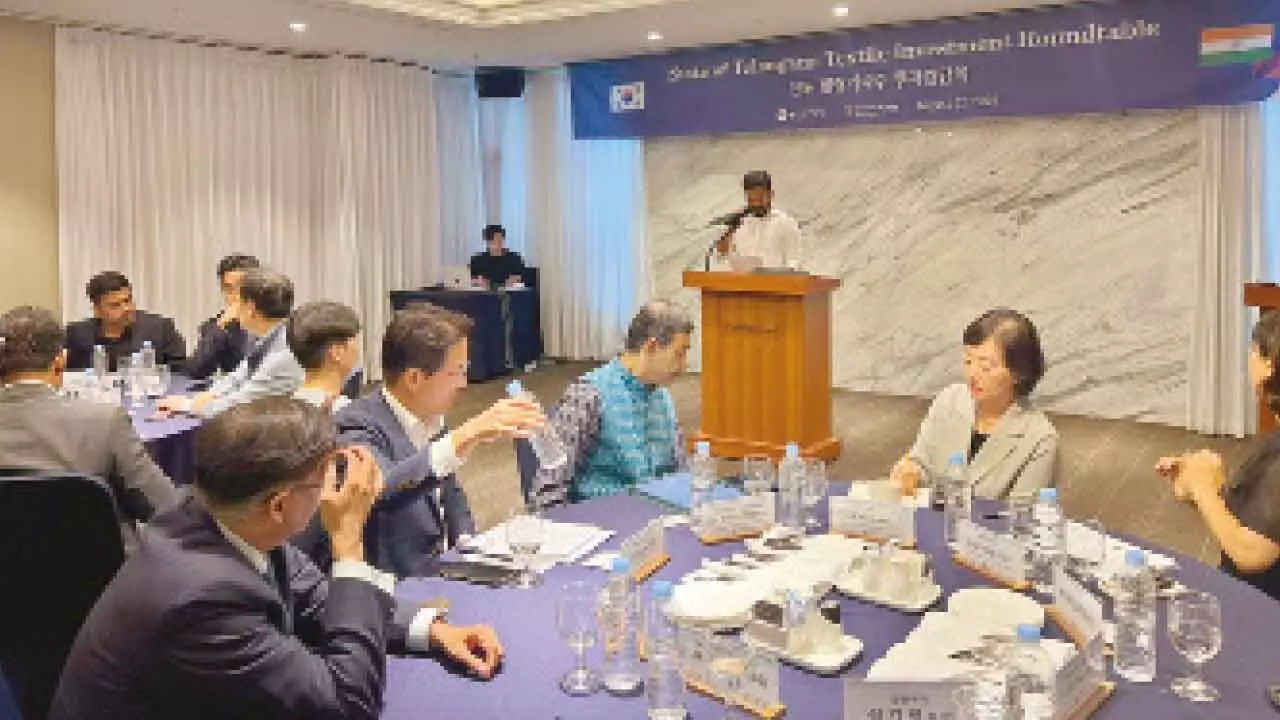A popular Budget with which the Centre hopes to please everyone in one go
image for illustrative purpose

In her seventh Budget, Union Finance Minister Nirmala Sitharaman has apparently tried to bring smiles on everyone’s face. Announcements have been made for politically significant states such as Andhra Pradesh and Bihar. While Rs. 15,000 core has been allocated for the development of Amaravati, the new capital of Andhra Pradesh, Bihar has received Rs. 26, 000 crore for undertaking various development-related works. Incidentally, even as the proposals for LTCG and STCG were being announced, both stock markets and the rupee fell where the Reserve Bank of India (RBI) seems to be holding the currency pair. Long Term Capital Gains tax has been increased to 12.5 per cent from the current 10 per cent. The jump in equity investments and profit booking by investors is probably behind the move. The Economic Survey had clearly hinted at this by noting that if equity market claims on the real economy are excessively high, it is nothing but a tell-tale of market instability rather than resilience.
The good news is that the taxpayers falling in the highest tax bracket with a taxable income of Rs. 15 lakh or more — will save Rs. 7,500 on account of enhancement in the standard deduction limit under the NTR. The government will introduce a mechanism to facilitate continuation of credit to Micro, Small and Medium Enterprises (MSMEs). In a surprise move, the Defence ministry has been given the highest allocation with a whopping Rs. 6,21,940.85 crore, which accounts for 12.9 per cent of the total Budget. The capital outlay of Rs. 1,72,000 crore will further strengthen the capabilities of the armed forces. Earmarking Rs. 1,05,518.4 crore for domestic capital procurement will provide further impetus to the avowed Atmanibharta. That apart, border roads have been given 30 per cent increase in allocation (Rs. 6,500 crore) over the last budget under the capital head.
Above all, in its bid to give a boost to the startup ecosystem in defence industries, Rs. 518 crore has been allocated to the iDEX scheme, which is intended to fund technological solutions coming courtesy of startups, MSMEs and innovators. Credit access to the aggrieved MSME sector is a welcome move as it contributes 30 per cent to the GDP and 48 per cent to overall exports. Still, it faces an estimated credit gap of Rs. 20-25 trillion, as per IFC. There are three new employee-linked incentive schemes in the budget, which will align with enrollment in EPFO and focus on the recognition of first-time employees, as well as support to both employers and employees. Besides, the incentivization of job creation in the manufacturing sector will help the sector generate more jobs for skilled professionals, leading to future growth. Priority has been accorded to boost participation of women in the workforce. This will be facilitated by setting up hostels and creating partnerships to organise women-specific skilling programs. Let us hope that the budget creates buzz for the present government and helps it complete its full term.

